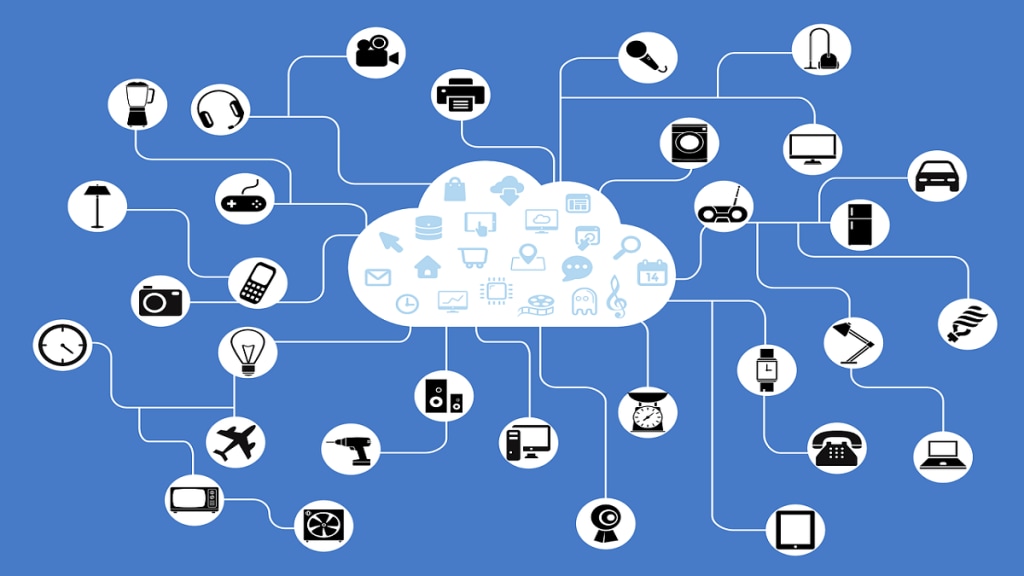Technology for MSMEs: As India’s internet economy is set to reach $1 trillion by 2030 from around $175 billion in 2022, the expansion lies in the digital maturity of MSMEs along with large enterprises and startups, said a report on Tuesday. Importantly, unleashing the potential of MSMEs will present a huge impetus to India’s economy, however, three critical hurdles related to market access, operational efficiencies and credit availability stand in the way of MSMEs’ growth, according to the India e-Conomy Report 2023 by Google, Temasek and Bain & Company.
“95 per cent of India’s MSMEs are micro-firms, usually with less than 10 employees and limited ability to reach new markets. MSMEs also suffer from lower efficiencies, with 5-8 per cent lower operating margins than their larger peers. Moreover, MSMEs lack access to formal credit and instead rely on costly informal credit. Less than 40 per cent of MSMEs’ total credit demand (around $1.1 trillion) is met through formal credit,” the report based on surveys of consumers and investors, and analysis by Bain & Company said.
However, digital tools are enabling MSMEs to drive efficiencies including improved productivity and effective business management. This includes low-cost and pay-per-use software, solutions to tackle specific business functions such as tax compliance and invoicing; and low-cost automation to streamline functions such as payment reporting platforms for managing account receivables, according to the report.
Also read: 55% of MSMEs use mobile hotspots to connect to the internet for daily activities: Report
Digital channels are also helping MSMEs unlock a sizable domestic and rapidly expanding exports market, for example, B2C and B2B marketplaces providing pan-India and global access while low-code/no-code platforms enabling MSMEs to sell directly to end customers, bypassing any middle agents.
As a result, the report said, 6 million of more than 60 million MSMEs in India are already actively buying and/or selling products online domestically while 64 per cent of MSMEs are seeing higher sales when using digital or e-commerce channels. In addition, $40 billion of goods or services have been procured by the government from MSMEs via online Government e-Marketplace (GeM).
Digital adoption is also unlocking previously unavailable financial products and formal credit for small businesses with instant embedded loans and buy now, pay later (BNPL) solutions for digital B2B transactions along with short-term business loans for MSMEs through digital platforms using digital underwriting.
According to Bain’s analysis cited in the report, $10 billion of formal credit was disbursed by fintech lending platforms to MSMEs in 2021. The formal credit disbursed by fintechs to MSMEs is projected to see a compound annual growth rate of 50 per cent from 2021 to 2026.
Also read: Fast-tracking SME’s digital transformation
Sanjay Gupta, Country Head and Vice President, Google India in a statement noted that structural shifts in consumption potential are opening up a vast opportunity for startups, large businesses and MSMEs to power India’s internet economy towards a projected growth of 6x, reaching a trillion dollars by 2030.
“The pace of digital disruption is expected to accelerate as traditional businesses and MSMEs increase investments in digitization, in addition to startups continuing to play a strong role in driving the internet economy,” said Parijat Ghosh, Managing Partner, Bain and Company (India).
Consequently, the contribution of the internet economy to India’s technology sector is set to expand, from the present 48 per cent to 62 per cent in 2030, while its share in India’s GDP will increase from 4-5 per cent to nearly 12-13 per cent.

